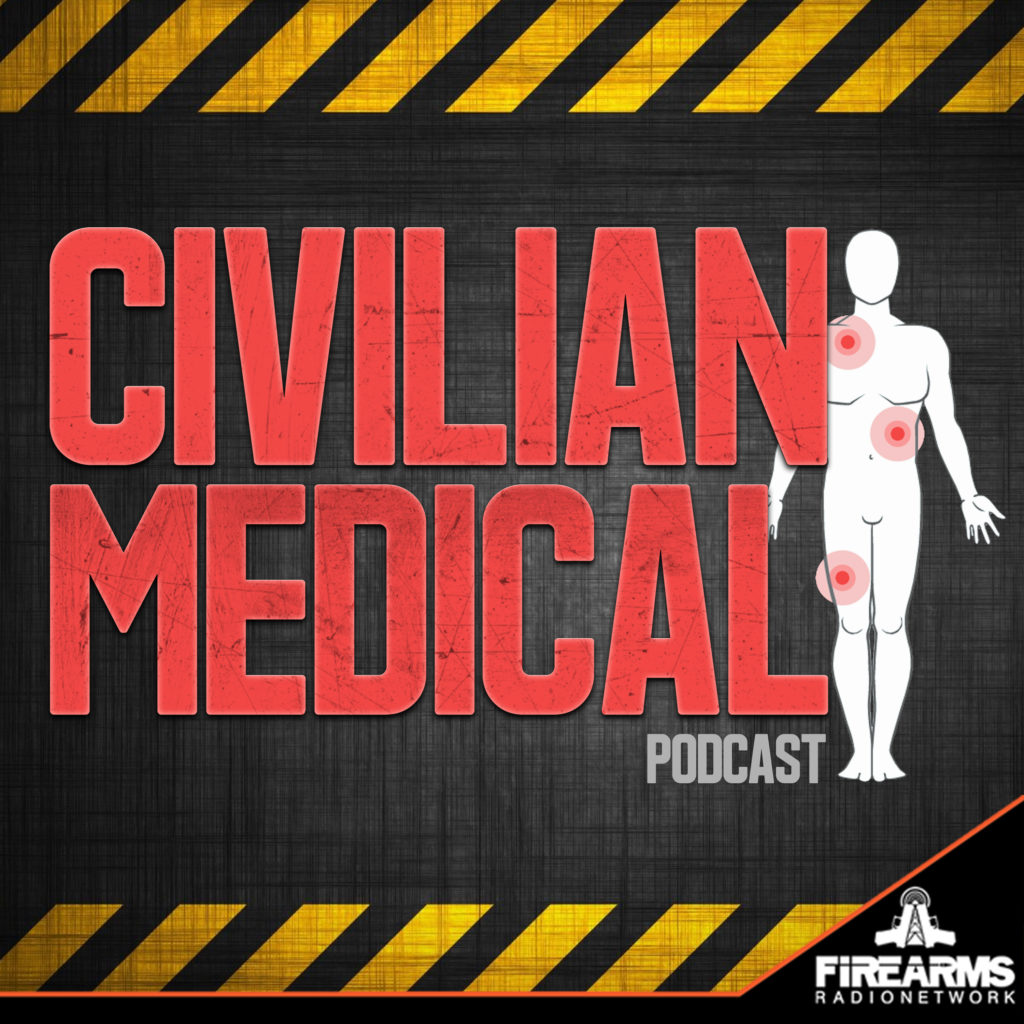
Re-Introduction
What Dietrich has been up to since the last podcast
Bobby- Intro
Topic: Medical Considerations for Aviation Accidents,
New Products from MGO
X Shears Mini
Medical Gear Outfitters Use Code CIVILIANMEDICAL for 10% off
Skinny Medic – @SkinnyMedic | @skinny_medic | Medical Gear Outfitters
Bobby – @rstantontx | @bobby_wales